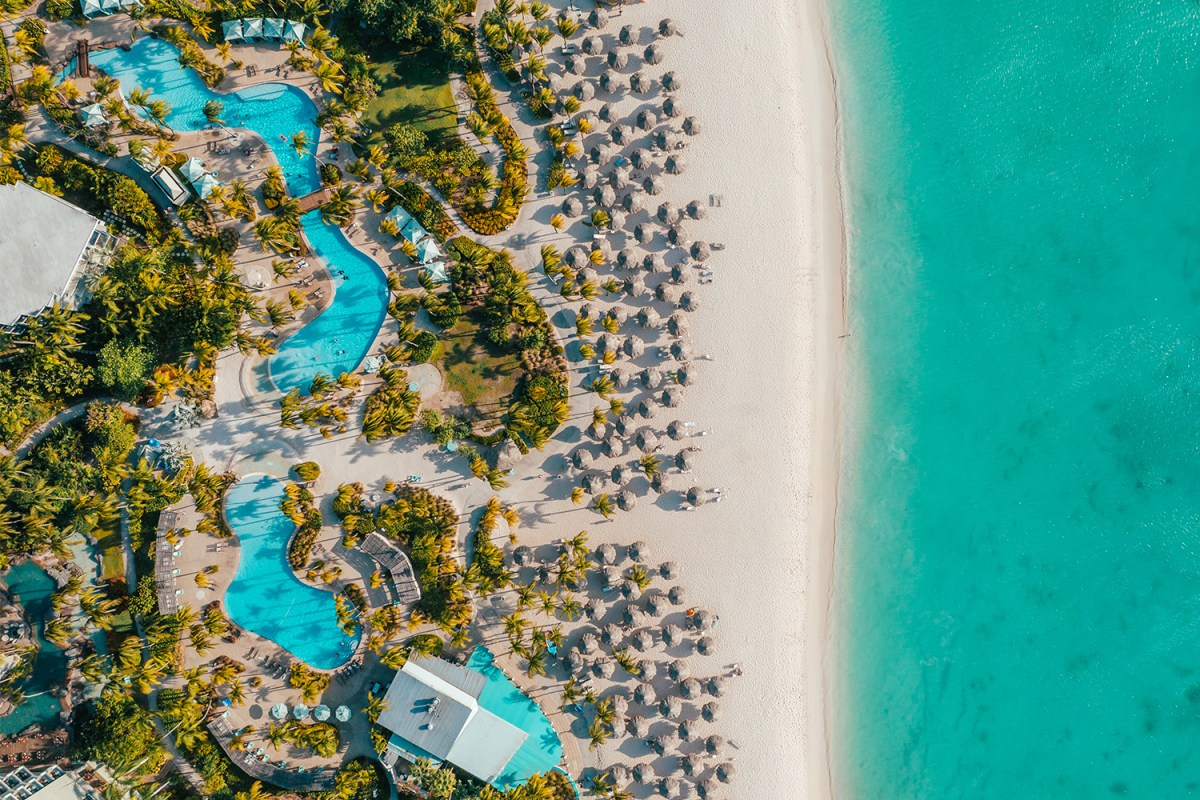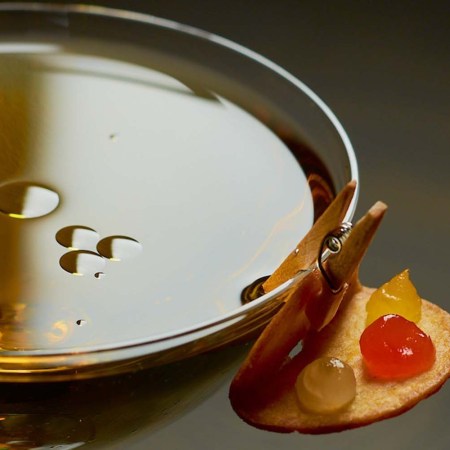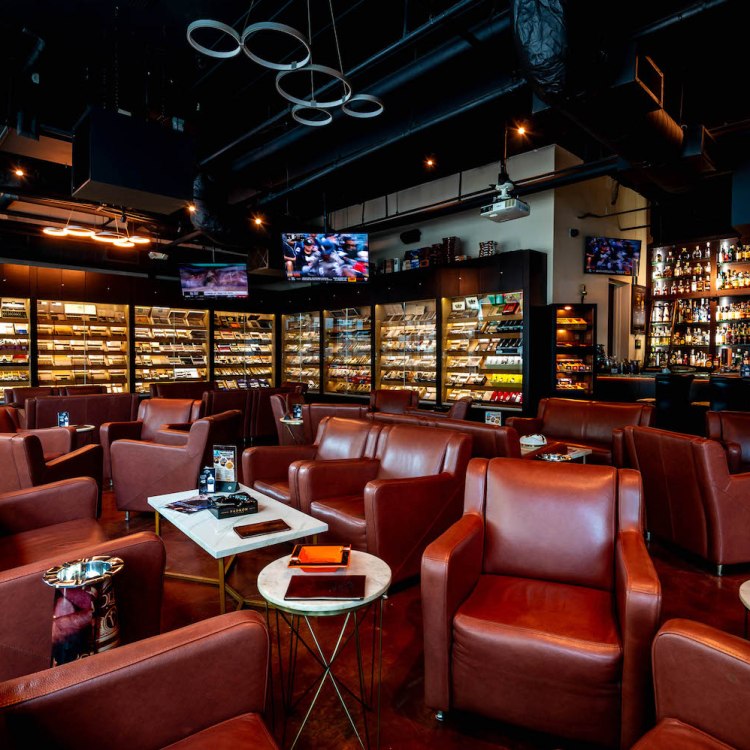Here’s the thing: I love Aruba. When I was a kid, normal New Jersey grandparents went on vacation in Tampa or Ocean City (NJ or MD, a distinction without much of a difference, beyond the fact that the former is dry and the latter is absolutely not). My grandmother, on the other hand, went to Aruba, a 69-square-mile island in the Leeward Antilles that is closer to Venezuela than Jamaica by 600 miles. On a clear day, you can see South America’s coastline from Aruba’s beach.
Culturally and linguistically — not to mention from a Dutch cheese perspective — Aruba shares deep connective tissue with Suriname, my grandmother’s native country, as well as the other Dutch Caribbean islands, including its ABC neighbors Bonaire (great for scuba diving) and Curacao (it’s just really lovely). (Unlike Suriname, which achieved independence in 1975, Aruba is still a constituent member of the Kingdom of the Netherlands — look for the European Union flag flying over the airport.) Every winter she’d come back from Aruba with a tan, a sack full of gouda and empty/full pockets, depending on how the gambling went. What eight-year-old wouldn’t be fascinated by this rich and unknown land?
Despite this, Aruba and I have had a difficult history. Until recently, I had only been once — six days after being dumped by a long-term boyfriend about whom I will say nothing except to note his deep love of the marine world. On my inaugural tour of the ABC islands, my guide and I traveled directly from the airport to the islands’ foremost aquarium. How do you explain this to a kind man, who only wants to promote the many wonders of his home to the international travel media, and now cannot entirely understand why a grown woman is weeping in front of a touch tank of shellfish and sea cucumbers?
Everything else I remember about that trip was spectacular: Aruba’s white sand beaches and endless wind, its friendly people and the only desert, Arikok, in the whole of the Caribbean. It was the right place at the wrong time — and so all through the pandemic, I told myself that as soon as I could, I would go back. This time, I took my mom, and headed directly for the Hilton, smack in the middle of the exquisite Palm Beach.
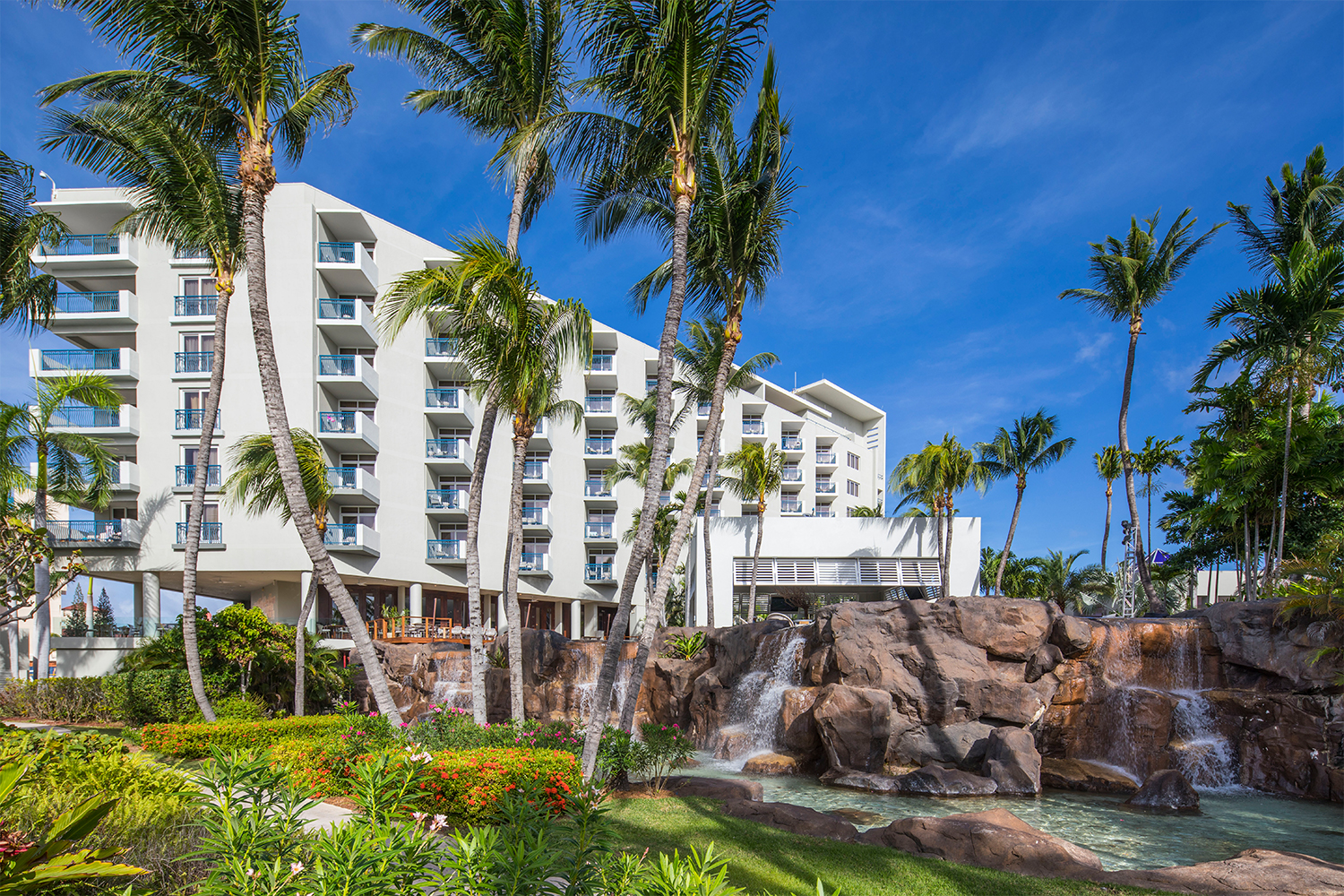
A perfect family hotel, right on the beach
The Hilton Aruba Caribbean Resort & Casino Beach Hotel is Aruba’s oldest hotel. It opened in 1959 with a slightly less onerous name: the Aruba Caribbean Hotel. The three-tower property was designed by the Odessa-born, Columbia-educated architect Morris Lapidus, whose most famous work remains 1,100 miles to the northwest: Miami Beach’s Fontainebleau and Eden Roc hotels. Lapidus’s motto (and the title of his biography, which shows him in front of this hotel) was “too much is never enough”; the original iteration of the Aruba Caribbean Hotel had a wall of blue-and-white Delft tiles, made in the Netherlands and illustrating Dutch recognition of the new United States by a Dutch Caribbean official in 1776. The tiles are gone, replaced by photos of stylish visitors to the hotel in the 1950s and ’60s. Lapidus’s three towers remain, unobtrusively overlooking two zero-entry pools and 1,500 feet of the white-sand Palm Beach. The 357 recently renovated rooms and suites feel new and modern, and all have a balcony or lanai. Ours overlooked tennis courts and a corner of the Caribbean.
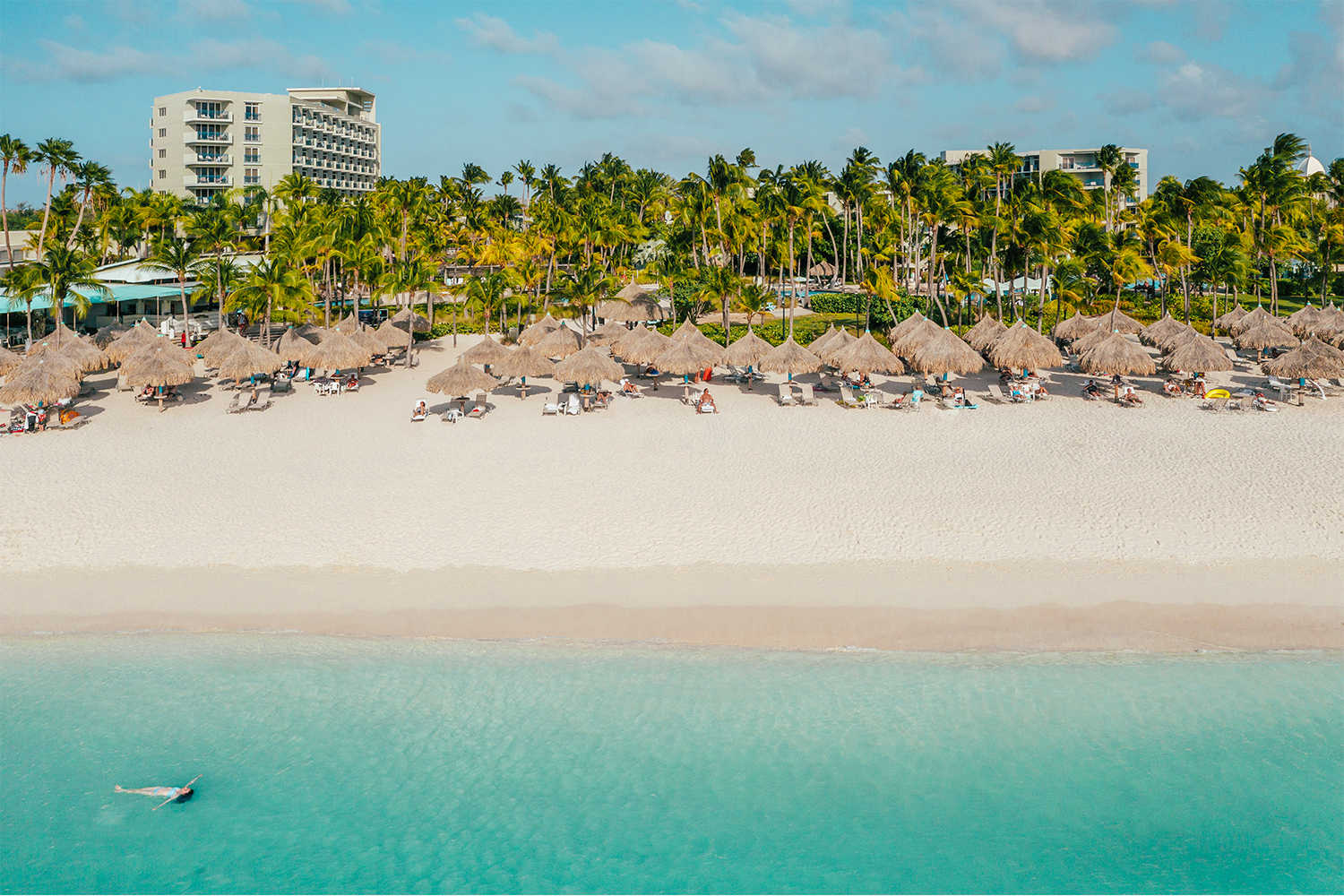
Everything you need in one place
There’s tons to see in Aruba. My favorite destination is Arikok National Park, a 13-square-mile natural reserve that includes the only desert within the Caribbean, as well as flowering cacti, secluded bays, hiking trails, tidal pools and cave art created by the Caquetío people. Aruba is officially semi-arid, which may come as a surprise to visitors more accustomed to the jungles and rainforests elsewhere in the Caribbean; any humidity is blown off-shore by the strong, and seemingly never-ending, trade winds. (They’re strongest in July and lightest in December, if you want to book to avoid them — or take advantage of them while kitesurfing.) That climate — dry, sunny and windy — is suitable for not very many plants, but it’s perfect for aloe, which is the island’s cash crop. It’s grown, harvested and processed at Aruba Aloe’s 130-year-old farm in Hato. The brand’s products, including a highly effective after-sun lotion, are available at 16 locations across the island, including a shop across J.E. Irausquin Boulevard, directly behind the hotel.
That said, there’s enough to do on the hotel’s premises that you could easily spend a long weekend here without leaving the grounds, except maybe for a quick trip — also across Irausquin Boulevard — to get tacos at Lola.
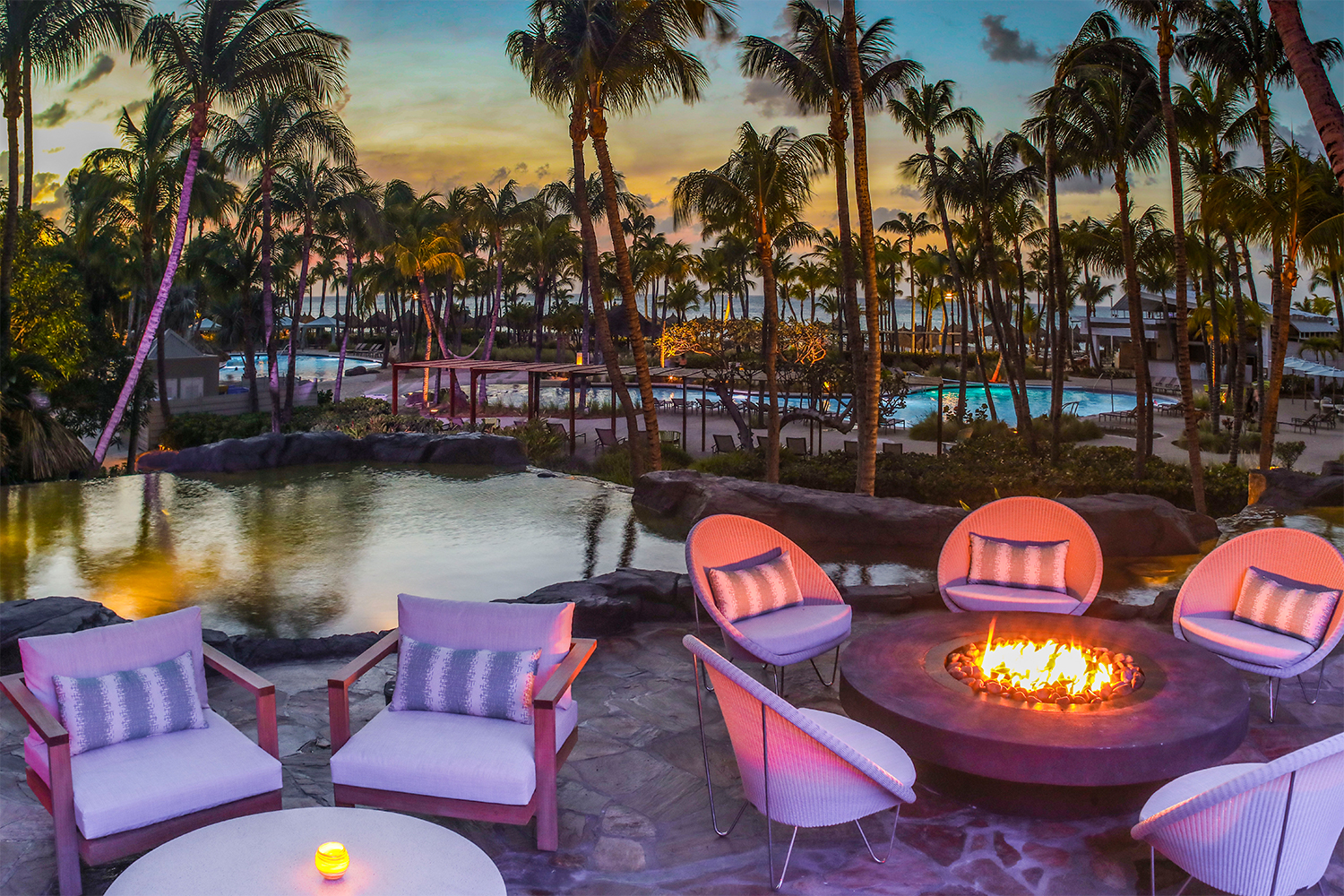
The highs on the Hilton grounds
In fact, our best days were spent entirely on the hotel grounds, going from breakfast at the Laguna (one of five restaurants onsite) to a lounge chair under an umbrella in front of gentle waves and the literally sparkling blue water. In between, we stopped to visit the tropical birds and to cool off in one of the two zero-entry pools flanking the beach. Despite its size, the hotel never felt over-busy — there was more than enough space for everyone to claim their own section of beach (or poolside) without feeling hemmed in.
The highlight for my mom — beyond getting out of our semi-rural hometown for the first time in over two years — was puttering around the tropical grounds and taking pictures of the flora and fauna (particularly the lizards). I gravitated to the slightly higher-ticket attractions, including a seriously excellent open-air massage at the hotel’s eforea spa and working out in the oceanfront gym. We agreed that our favorite place to eat was Gilligan’s, the casual lunch spot right next to the beach with excellent pastechis (Aruban empanadas) and coconut shrimp.
Of course, that was all mere prelude to our elaborate sunset dinner, prepared for us next to a roaring waterfall. (This is only one of several possible locations, including right on the beach and on a walkway over one of the pools.)
For close to 15 months through the pandemic, my mom and I had dinner together in the the house where I grew up — an unexpected and priceless experience during a bizarre and often heartbreaking time. Now we were again having dinner as usual, just under a waterfall and palm trees. It was so uncanny, such a bizarre, upside-down rendering of what we’d just experienced, I told my mom I didn’t know what to say.
“That’s the best part of dinner next to a waterfall,” she said, ever practical. “Nobody has to talk.”
This article appeared in an InsideHook newsletter. Sign up for free to get more on travel, wellness, style, drinking, and culture.
